
HELLO & WELCOME
Thanks for visiting my little piece of the internet!
I’m Maria, a lover of furry things, coffee and anything creative. This blog is where I love to share affordable home decor ideas, great DIYs, yummy recipes, unique crafts and so much more.
ETSY SHOP
RECENT POSTS

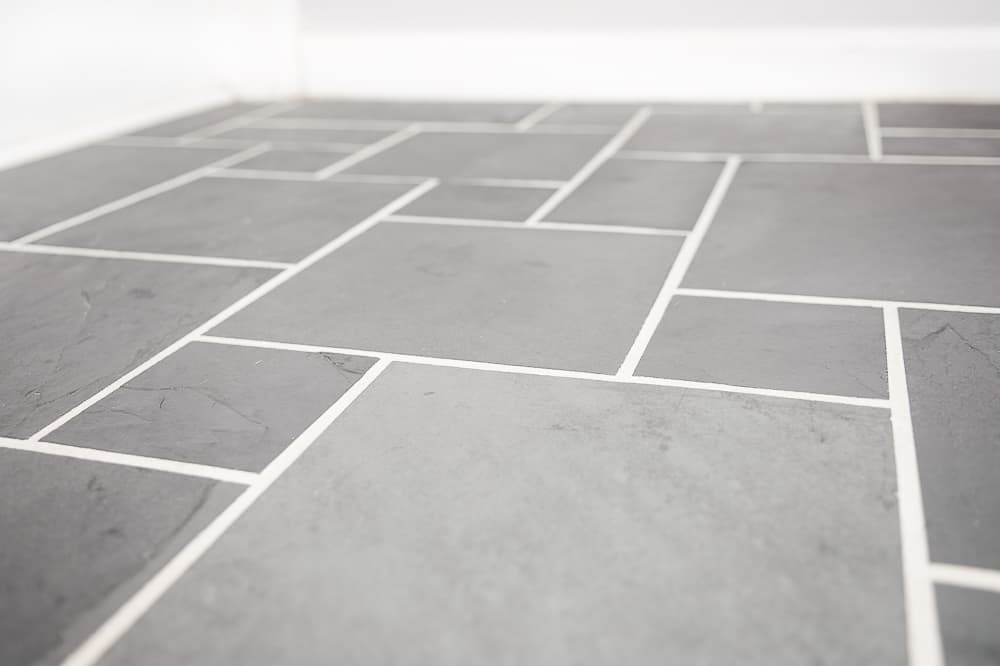
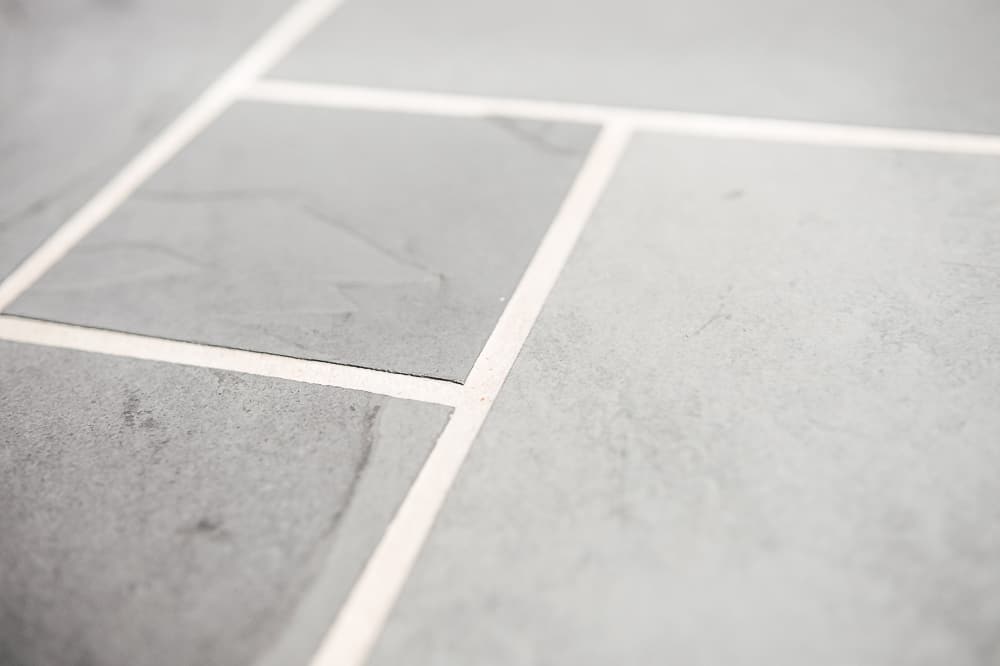
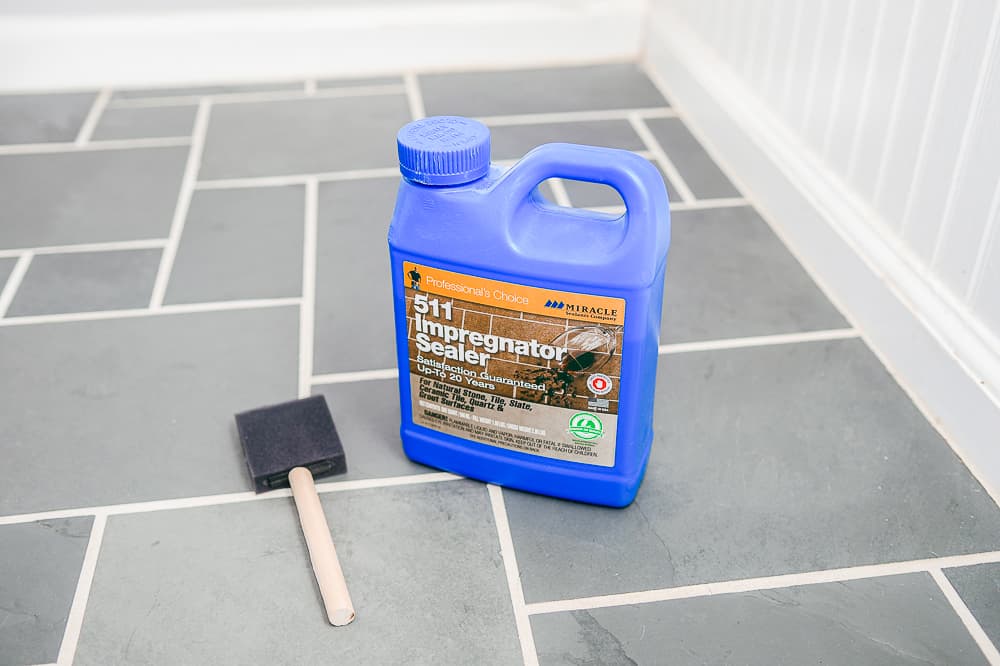

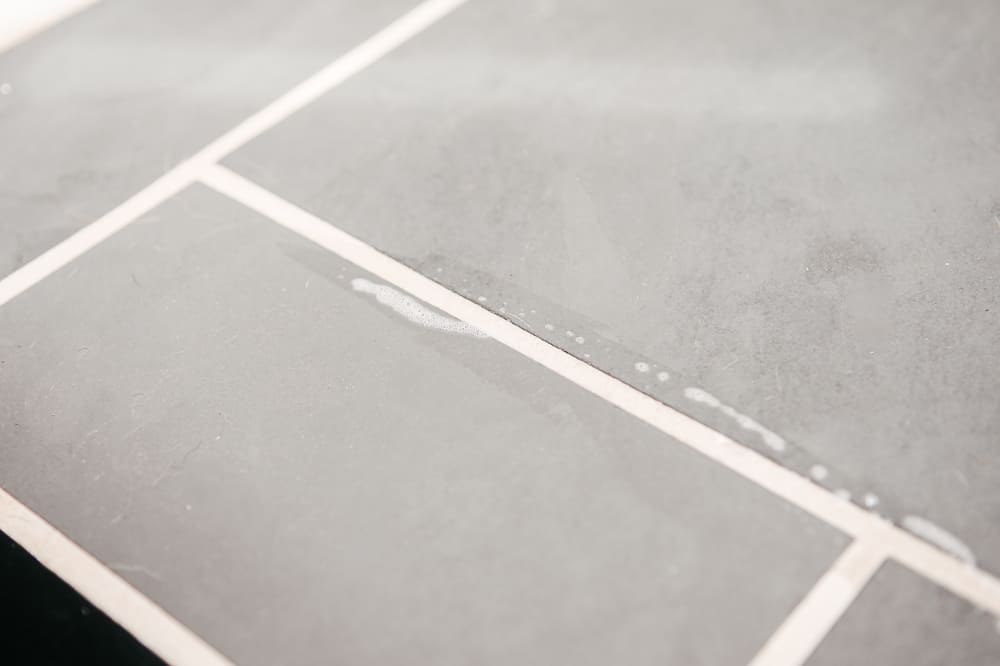
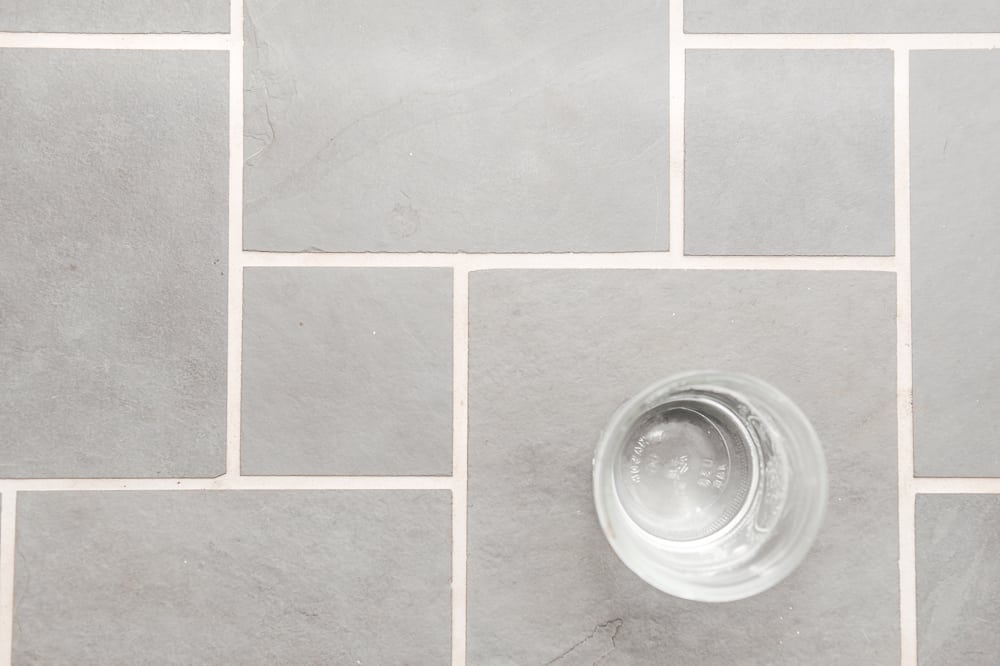
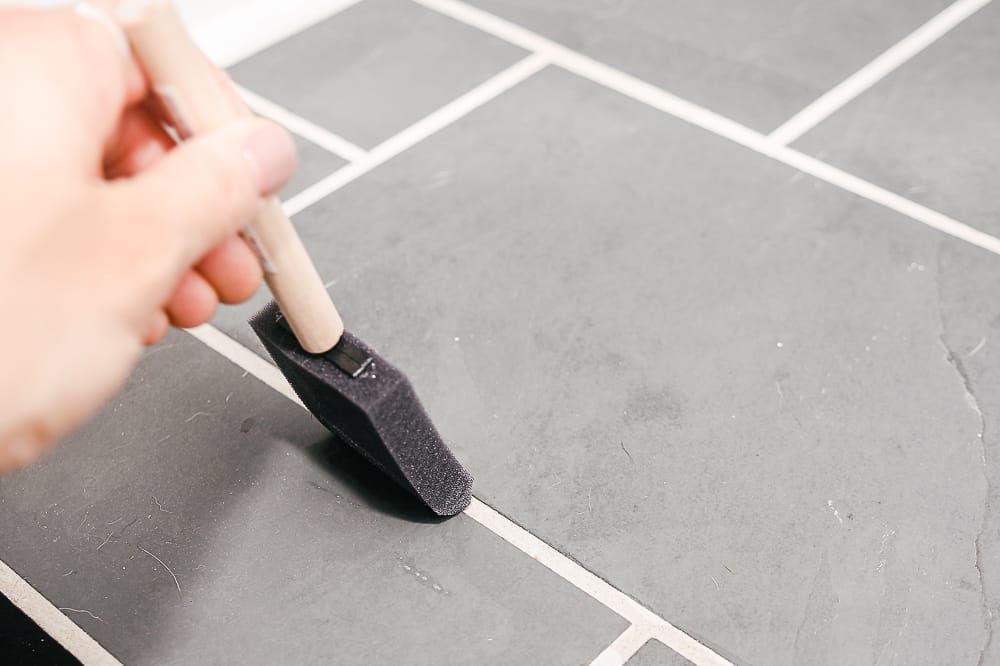
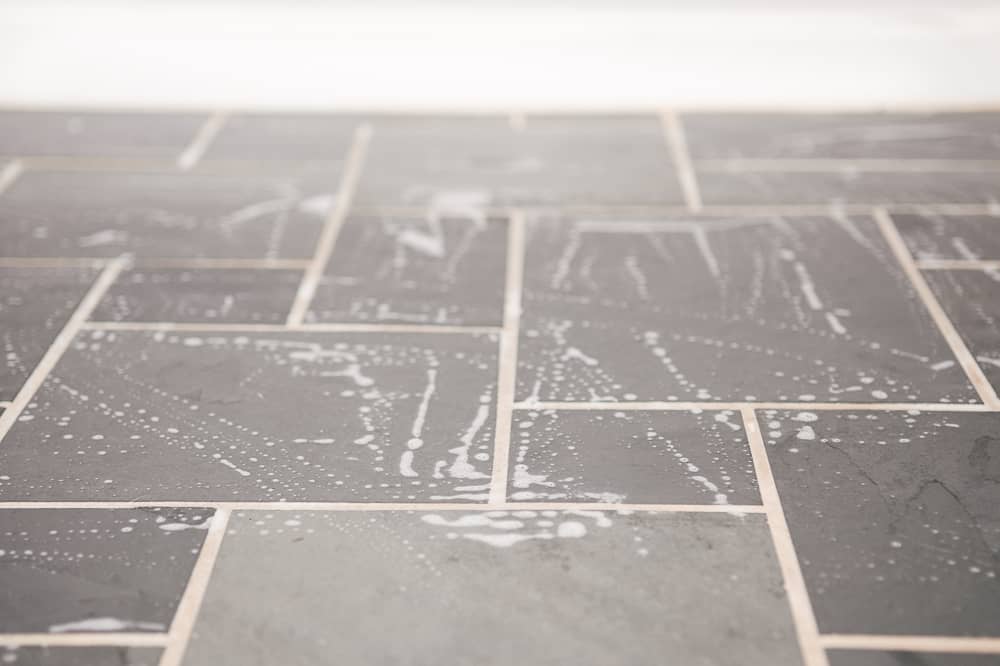
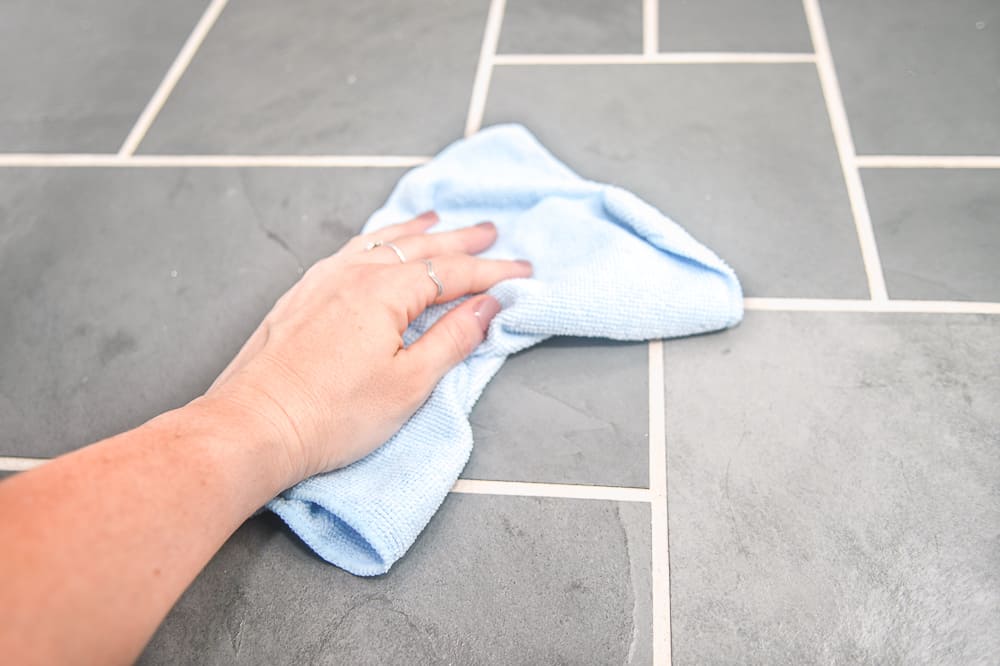
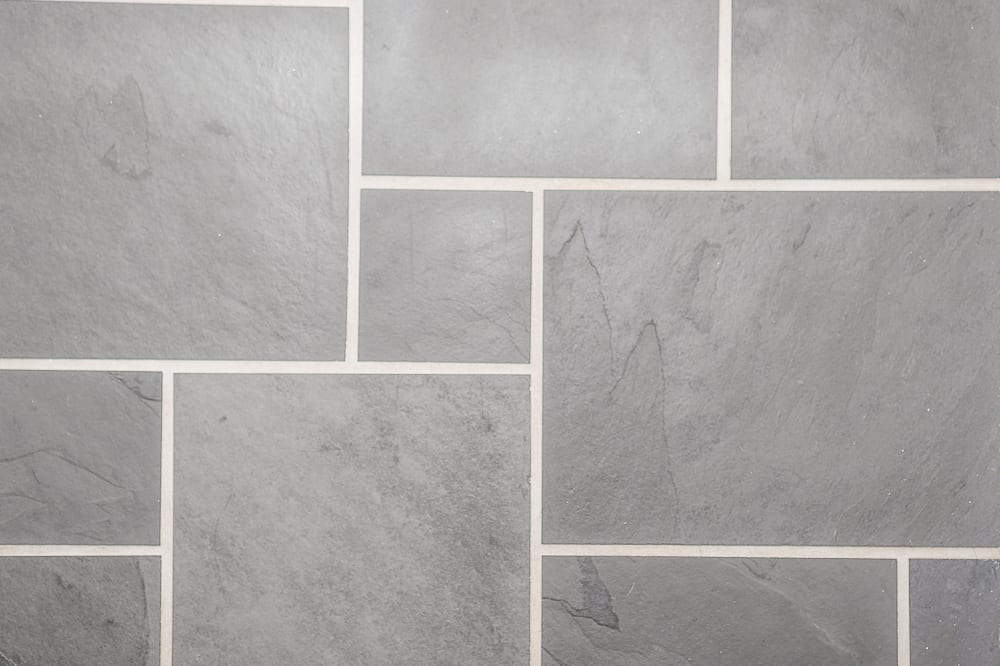
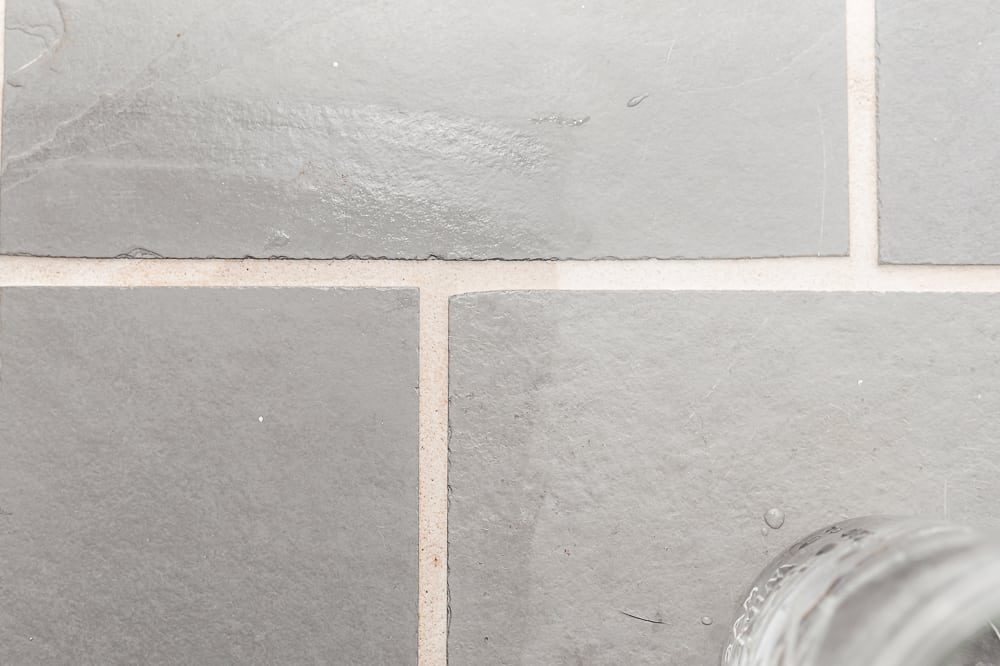


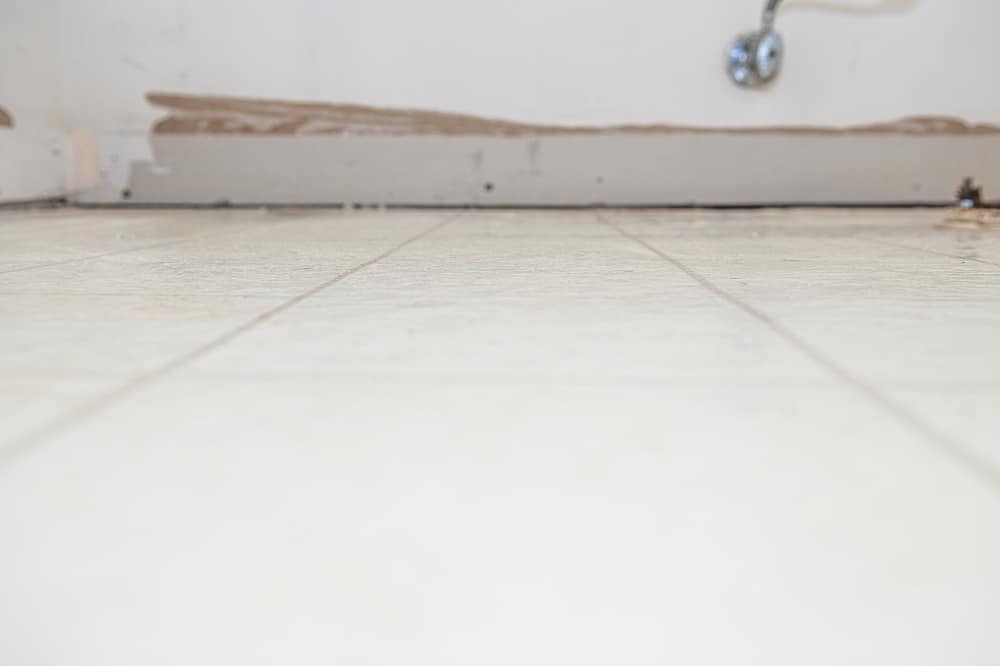
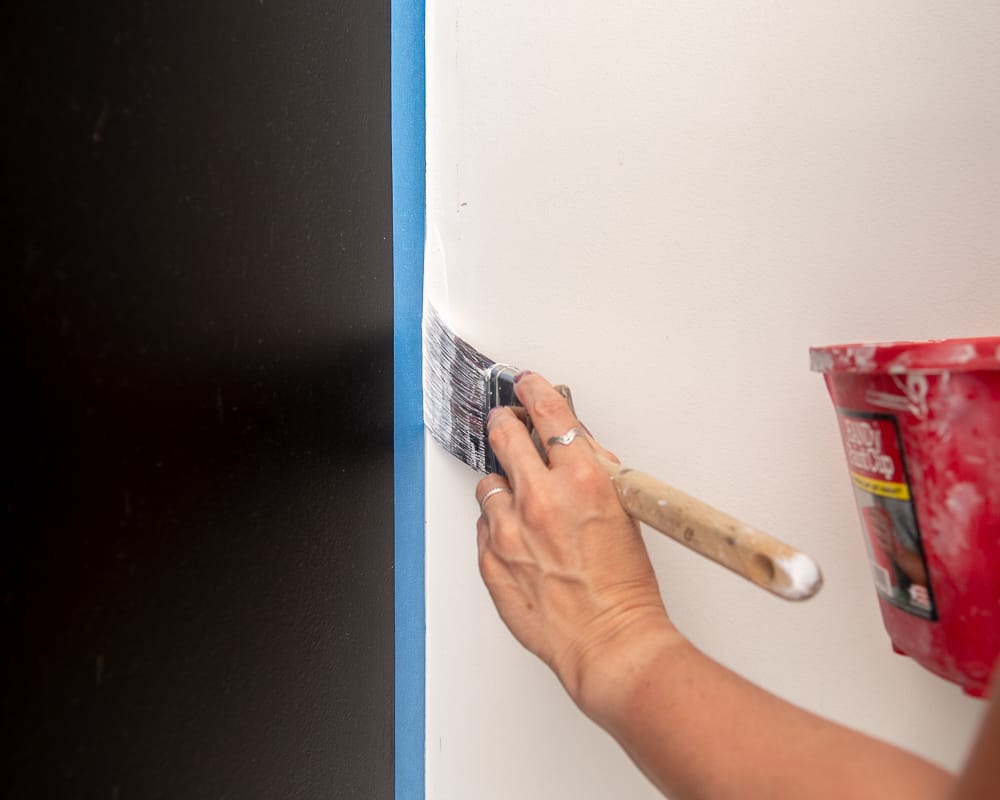




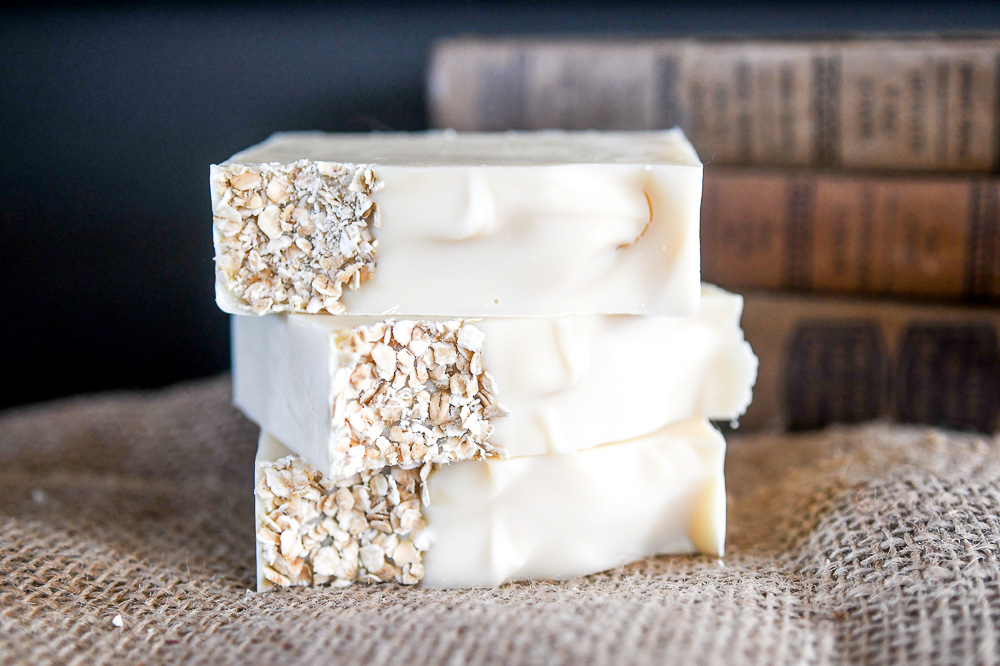

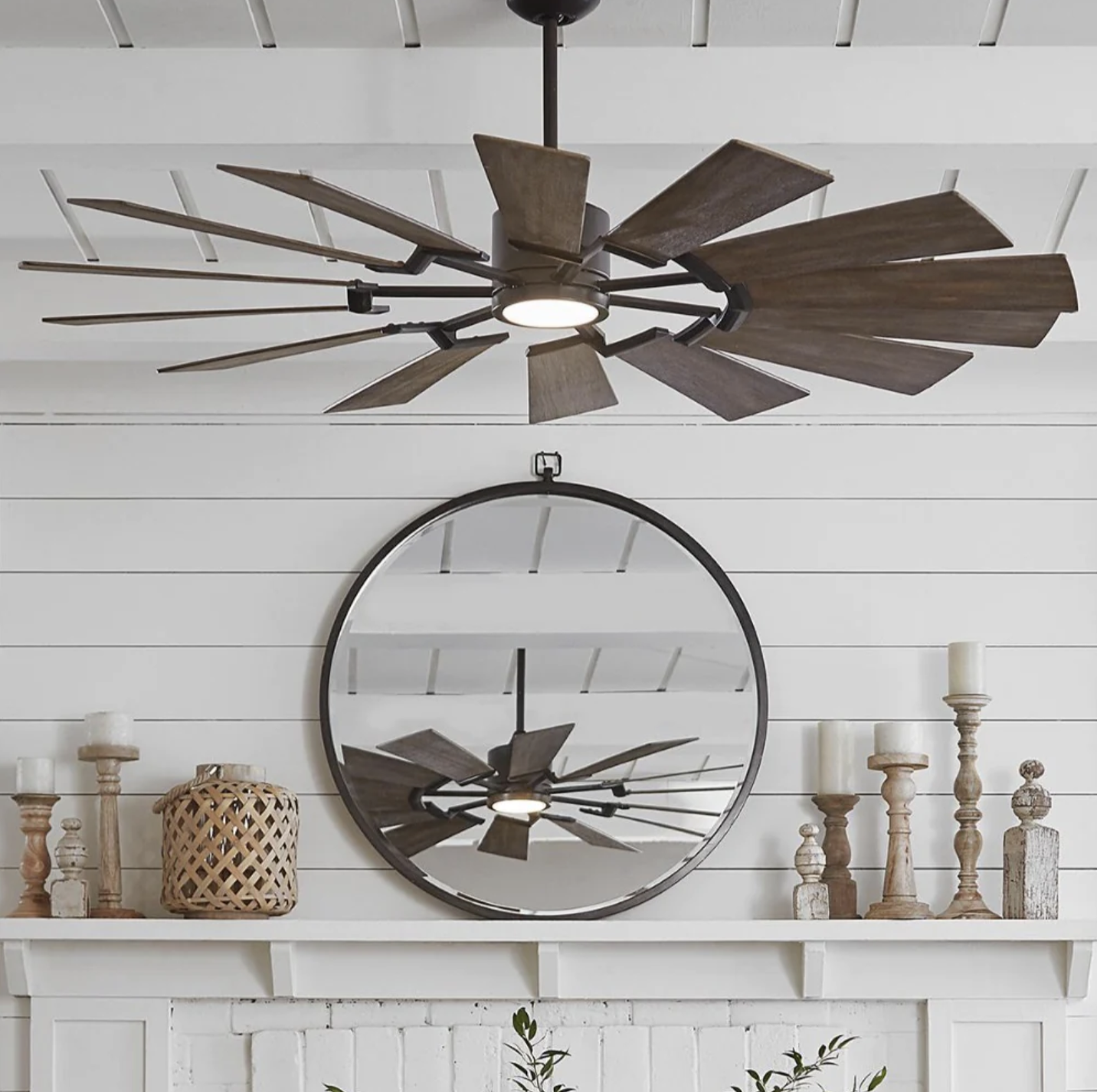


5 thoughts on “How to Seal Grout: Why It’s Important”
I have a job consisting of the exact same gray stone tile in the pics along with the exact same size spaces in between so this is helpful to me. I would like to seal the tile since it is very porous. Which sealer and how do I apply to the tile itself?
This sealant is the “best on the market.” I’ve also used this sealant from the local big box stores.
I apply with a sponge applicator. See the article for exact details!
Hope you love this time as much as I do.
Cheers,
Maria
Is step 3 a damp or a dry cloth?
Thanks!
RK,
I’ve used a dry microfiber cloth, but if you’re having a little difficulty a slightly damp cloth can help remove any partially dry grout. Don’t get it too damp because you don’t want to introduce too much water to the grout, it’ll cause it to be crumbly and not cure correctly!
Happy DIYing!
Cheers,
Maria
Pingback: How to Choose The Best Pet Friendly Flooring • Maria Louise Design